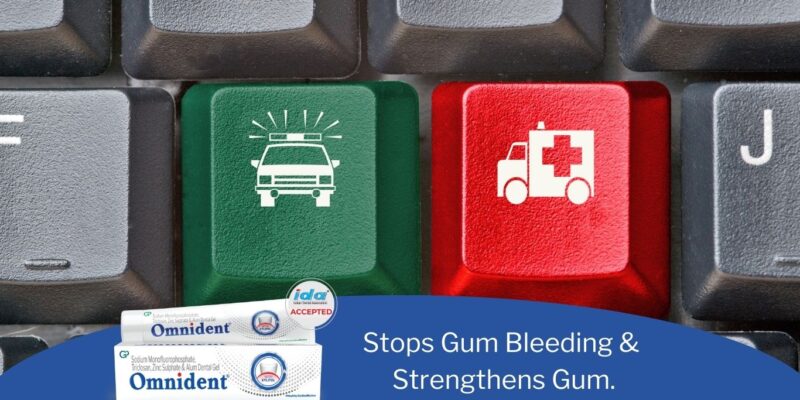Introduction
Medical emergencies can occur unexpectedly in any healthcare setting, including dental practices. While dental procedures are generally safe, patients may experience adverse events due to underlying medical conditions, anxiety, or unexpected reactions to treatment. Therefore, dental professionals must be prepared to recognize, assess, and manage medical emergencies swiftly and effectively to ensure patient safety and well-being.
Common Medical Emergencies in Dental Practice
Several medical emergencies can arise during dental procedures, including but not limited to:
- Syncope (fainting)
- Allergic reactions
- Hypoglycemia (low blood sugar)
- Asthma exacerbations
- Anaphylaxis
- Cardiac events (e.g., angina, myocardial infarction)
- Seizures
- Hypertensive crisis
- Respiratory distress
- Drug-related emergencies (e.g., overdose, adverse reactions)
Prevention and Preparedness
Prevention and preparedness are key components in managing medical emergencies effectively. Dental practices should implement the following strategies:
- Thorough medical history review: Collect detailed medical histories from patients to identify any underlying conditions or risk factors.
- Risk assessment: Assess patients’ medical conditions, vital signs, and potential contraindications before initiating dental treatment.
- Emergency preparedness training: Ensure all dental staff members receive training in basic life support (BLS) techniques, including cardiopulmonary resuscitation (CPR), and are familiar with emergency protocols.
- Emergency equipment and medications: Maintain well-equipped emergency kits containing essential medications (e.g., epinephrine, oxygen, bronchodilators) and equipment (e.g., automated external defibrillator, oxygen delivery devices).
- Regular drills and simulations: Conduct regular emergency drills and simulations to enhance staff preparedness and proficiency in managing medical emergencies.
Management of Medical Emergencies
When a medical emergency occurs in the dental office, prompt and appropriate intervention is crucial. The following steps outline a systematic approach to managing medical emergencies:
- Recognition: Quickly recognize signs and symptoms of medical emergencies, such as changes in consciousness, breathing difficulties, chest pain, or allergic reactions.
- Response activation: Immediately activate the emergency response team and initiate appropriate interventions based on the nature of the emergency.
- Patient assessment: Assess the patient’s airway, breathing, and circulation (ABCs) while maintaining calm and reassuring communication.
- Basic life support (BLS): Initiate BLS interventions as necessary, including airway management, rescue breathing, and chest compressions.
- Advanced life support (ALS): If indicated, initiate advanced cardiac life support (ACLS) interventions, such as defibrillation, administration of medications, and advanced airway management.
- Coordinate with emergency medical services (EMS): If the patient’s condition requires advanced medical care or transport to a hospital, activate EMS and provide necessary support until help arrives.
- Documentation: Accurately document the details of the medical emergency, including the sequence of events, interventions performed, and the patient’s response to treatment.
Jevon, P. Updated posters to help manage medical emergencies in the dental practice. BDJ Team 3, 16055 (2016). https://doi.org/10.1038/bdjteam.2016.55
Conclusion
Medical emergencies can pose significant challenges in dental practice, but with proper prevention, preparedness, and swift intervention, dental professionals can effectively manage these situations and ensure optimal patient outcomes. By implementing comprehensive emergency protocols, providing regular training, and maintaining emergency equipment and medications, dental practices can create a safe and secure environment for both patients and staff. Remember, being prepared is the best defence against medical emergencies in dental practice.





















Comments